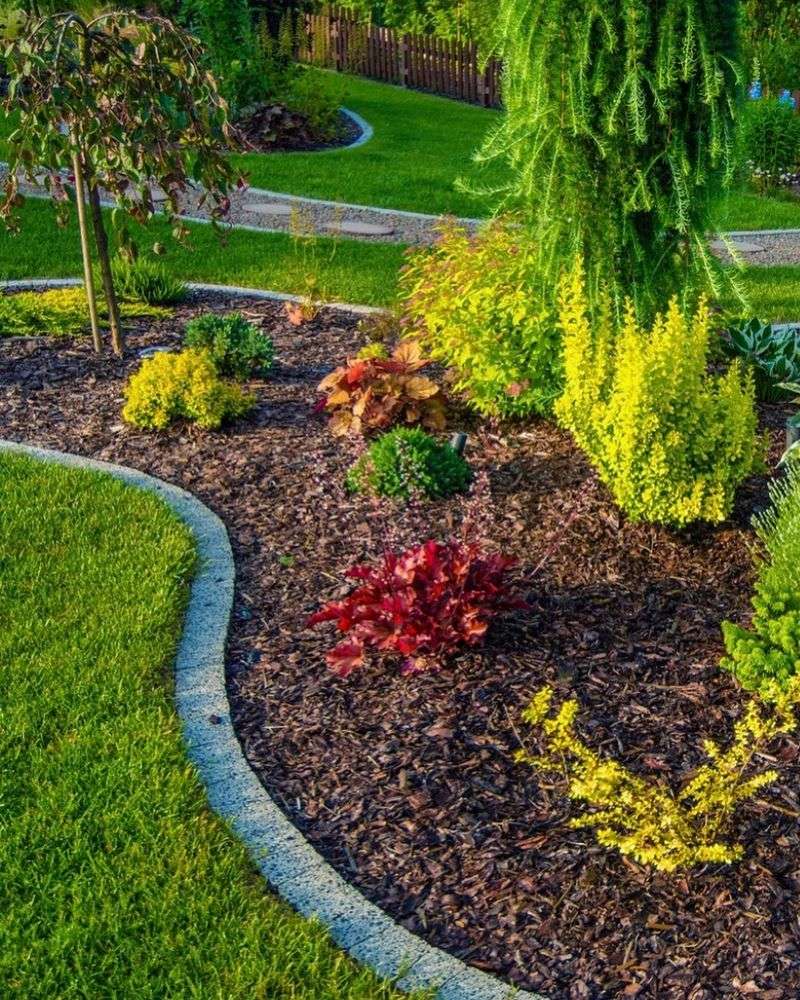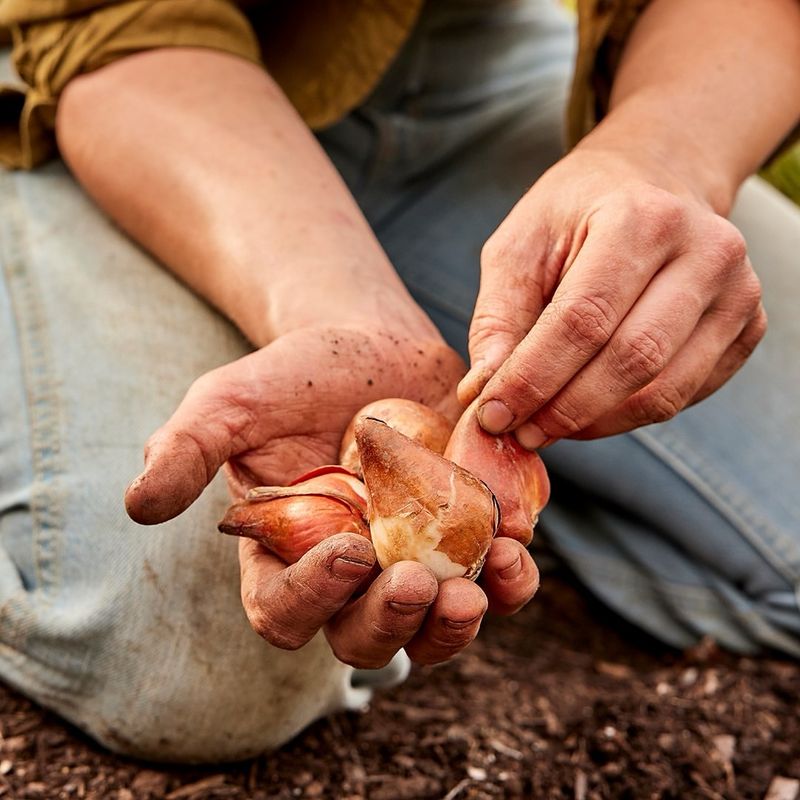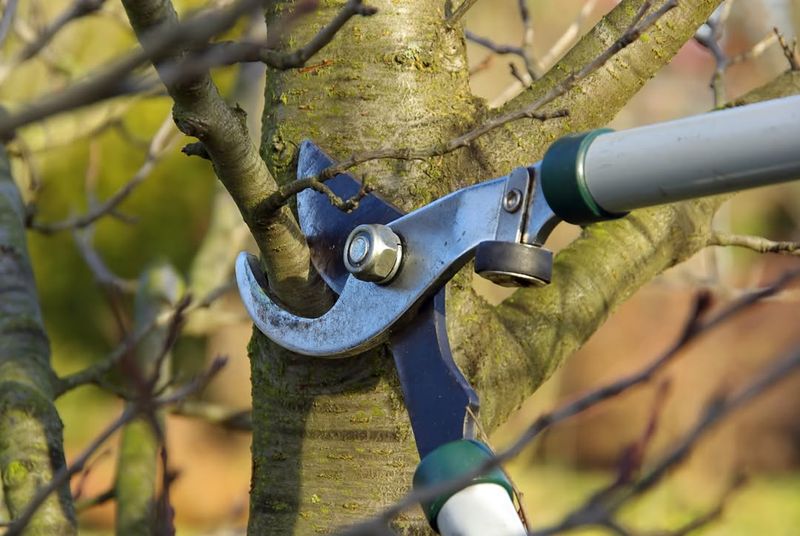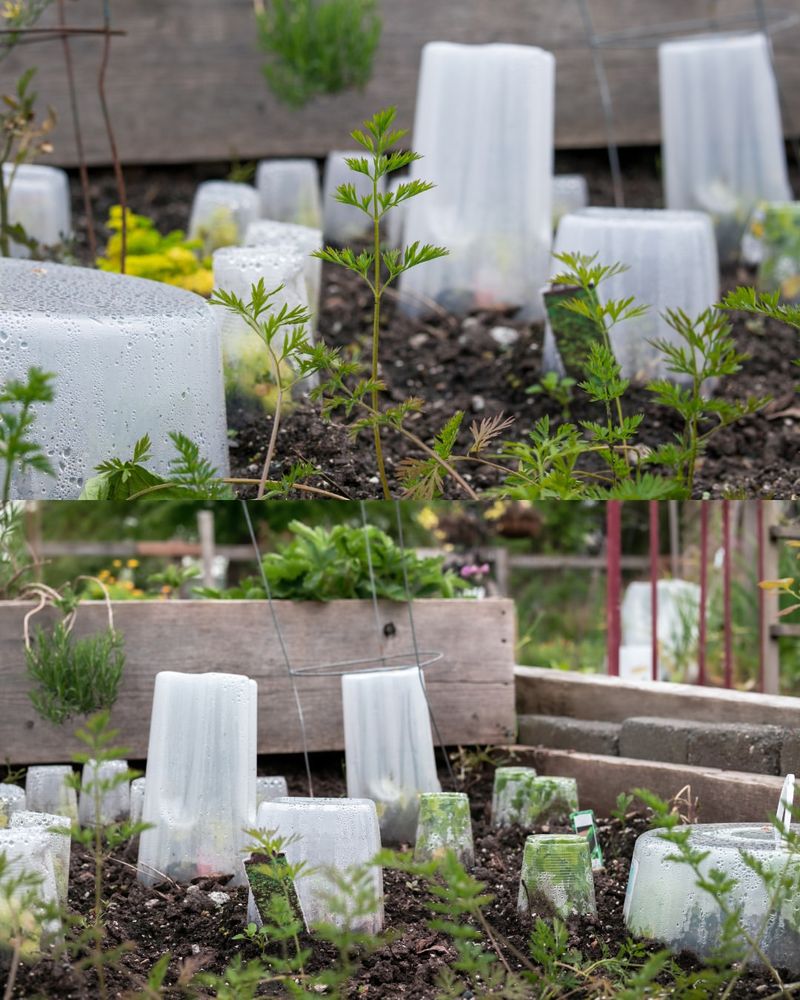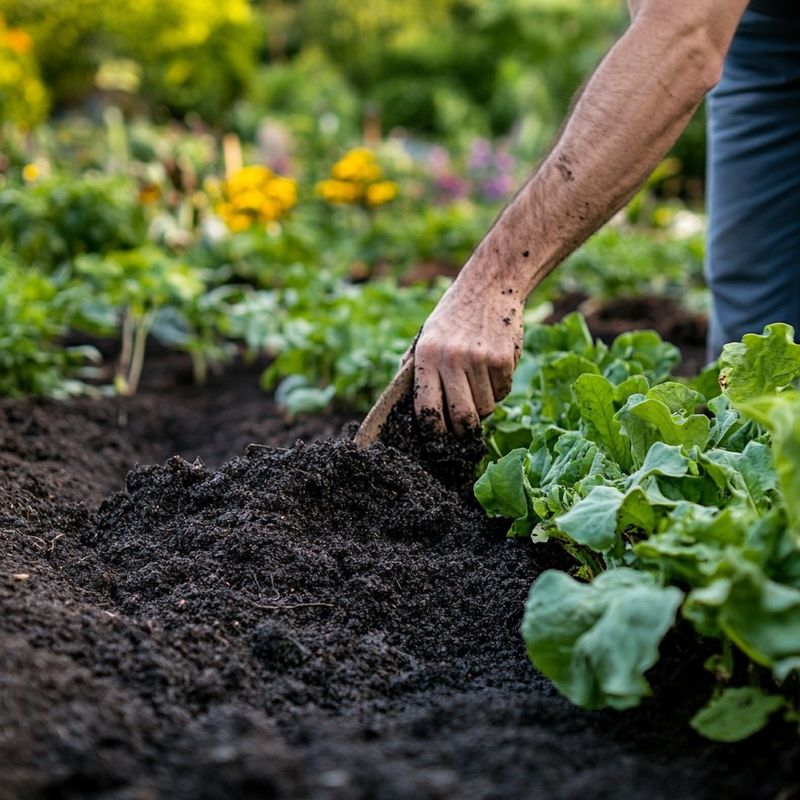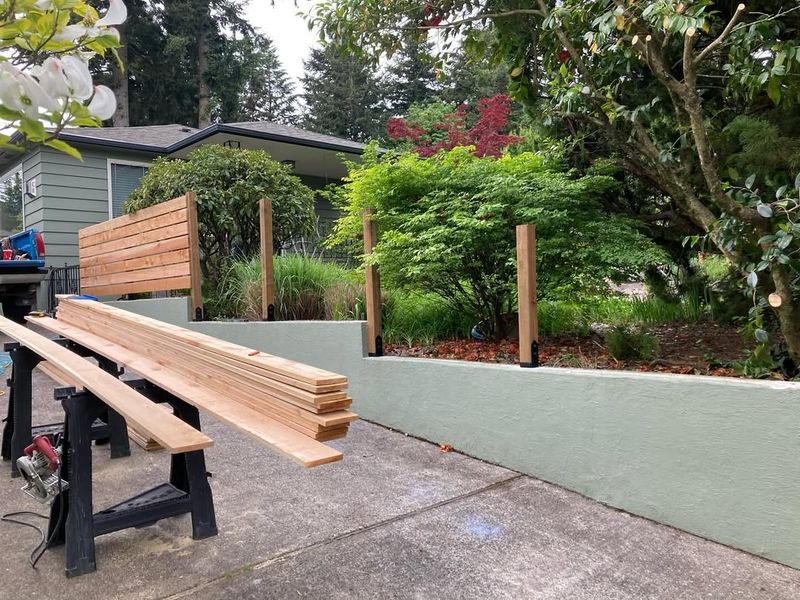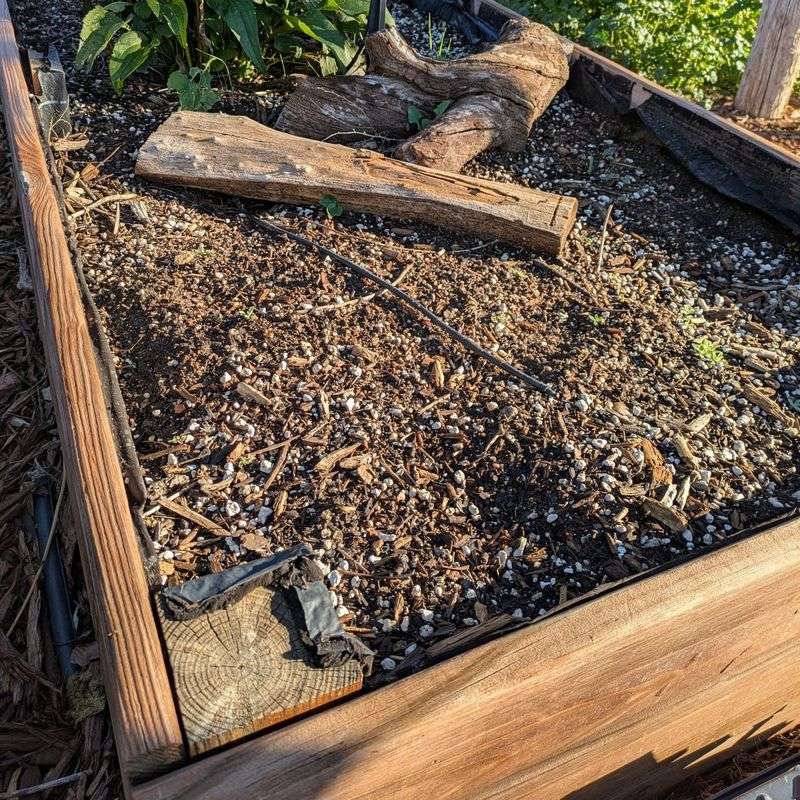November marks a turning point in Washington gardens as winter approaches. While many gardeners think the growing season is over, smart homeowners know this month is crucial for protecting plants and preparing for spring success.
Taking care of a few essential tasks now will save you time, money, and headaches when warmer weather returns.
1. Mulch Your Garden Beds Generously
A thick blanket of mulch acts like a winter coat for your soil and plant roots. Spread two to four inches of organic material around perennials, shrubs, and trees to insulate them from freezing temperatures.
Wood chips, shredded leaves, or straw work wonderfully. Mulch also prevents soil erosion during Washington’s heavy winter rains and keeps weeds from sprouting come spring.
Your plants will thank you with healthier growth next year.
2. Plant Spring-Blooming Bulbs Before The Ground Freezes
Tulips, daffodils, and crocuses need cold winter months to develop properly. Getting them into the ground before mid-November gives them time to establish roots before the soil becomes too hard to dig.
Choose a sunny spot with good drainage and plant bulbs at a depth three times their height. Washington’s mild climate is perfect for a wide variety of bulbs.
Come March and April, you’ll enjoy a colorful reward.
3. Prune Dead Or Damaged Tree Branches
Winter storms bring strong winds that can turn weak branches into dangerous projectiles. Walking around your Washington property to identify and remove damaged limbs now prevents potential damage to your home, car, or power lines.
Focus on dead wood, crossing branches, and anything hanging over structures. For large trees or high branches, consider hiring a professional arborist.
Safety always comes first when working at heights.
4. Protect Tender Plants From Frost
Washington’s first hard freeze usually arrives in November, catching unprepared gardeners by surprise. Bring potted plants indoors or move them to a sheltered porch where they’re protected from icy winds.
For plants that can’t be moved, wrap them in burlap or use frost cloth to shield delicate foliage. Roses, hydrangeas, and young fruit trees especially benefit from extra protection.
A little effort now saves replacing expensive plants later.
5. Clean Up Fallen Leaves And Garden Debris
Piles of wet leaves create perfect hiding spots for pests, diseases, and mold that can harm your Washington garden. Rake them up regularly and add them to your compost pile or use them as mulch after shredding.
Remove any diseased plant material completely and dispose of it in the trash rather than composting. A tidy garden reduces problems and makes spring cleanup much easier.
Your lawn will also breathe better without a suffocating leaf layer.
6. Drain And Store Garden Hoses And Irrigation Systems
Freezing Washington temperatures can crack hoses and burst pipes, leading to expensive repairs. Disconnect all hoses from outdoor faucets and drain them completely before coiling and storing in a garage or shed.
If you have an irrigation system, blow out the lines or drain them according to manufacturer instructions. Don’t forget to insulate outdoor faucets with foam covers.
This simple step prevents winter water damage headaches.
7. Add Compost To Vegetable Garden Beds
Once you’ve harvested the last of your Washington vegetables, it’s time to feed the soil for next season. Spreading a generous layer of finished compost over empty beds replenishes nutrients that plants used during the growing season.
Winter rains will slowly wash those nutrients into the soil, creating a rich foundation for spring planting. You can also add aged manure or organic fertilizer.
Healthy soil grows the tastiest vegetables.
8. Check And Repair Garden Structures
Trellises, fences, and raised beds take a beating from weather throughout the year. November is an excellent time to inspect them for damage, tighten loose screws, and apply fresh weatherproofing if needed.
Replace rotted wood before it collapses under winter snow or spring vines. Store tomato cages and plant supports in a dry location to extend their lifespan.
Well-maintained structures save money and look better in your Washington landscape.
9. Prepare Raised Beds For Winter
As the chill of November settles in, preparing your Washington raised beds for winter ensures a successful spring. Begin by clearing out any remaining plant debris to prevent pest infestations.
Next, consider covering the beds with a layer of straw or burlap. This helps insulate the soil, preserving its structure and protecting beneficial microorganisms.
Adding a layer of well-rotted manure or compost can enrich the soil, setting the stage for robust spring planting. Taking these steps now provides a head start, fostering a thriving garden come warmer months.
10. Plant Cover Crops
Cover crops serve as nature’s blanket during the colder months, protecting and nurturing your soil. In Washington, planting legumes or rye in November can improve soil fertility and prevent erosion.
These crops will grow throughout winter, suppressing weeds and enriching the ground with essential nutrients. By spring, they can be tilled into the soil, enhancing its structure and organic matter content.
An additional benefit is the habitat they provide for beneficial insects. Planting cover crops is a sustainable way to maintain garden health through winter’s challenges.
11. Tend To Evergreen Shrubs
Evergreen shrubs are stalwarts of the Washington winter garden, providing color and structure. November is an ideal time to give them some attention.
Start by pruning any dead or diseased branches to encourage healthy growth. This also helps to maintain their shape and vitality.
Consider applying a slow-release fertilizer specifically designed for evergreens. This supports growth through the colder months. With proper care, these shrubs remain a green highlight even in the bleakest of winters, offering a touch of vibrancy to the landscape.


